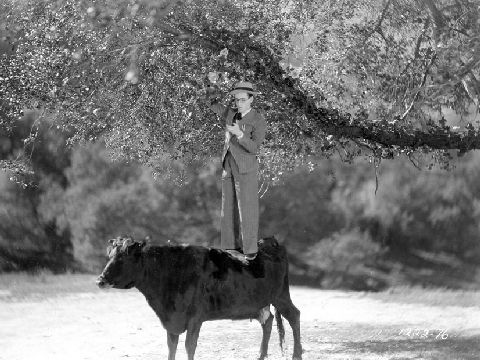Welcome Danger (1929) 
“For the First Time! Hear Harold Lloyd Talk”

Director: Clyde Bruckman
Cast: Harold Lloyd, Barbara Kent, Noah Young
Synopsis: Harold Bledsoe, a botany student, is called back home to San Francisco, where his late father had been police chief, to help investigate a crime wave in Chinatown.
By Harold Lloyd’s standards Welcome Danger is a poor film, weighed down by uncertainty all around regarding talking pictures — how best to make them and act in them, and the best way that comedy can accommodate the advent of sound (and vice versa). The title Welcome Danger suggests we are in for another of Lloyd’s famous thrill rides but that’s not the case. What we have to endure is a plodding, overlong comedy that is short on laughs and long on padding.
Lloyd plays the son of a former police chief who is called in to investigate a series of murders committed in Chinatown. He initially appears to be fairly useless at the job, becoming obsessed with capturing the fingerprints of every cop in the precinct. But Harold’s prints inevitably nab the villain in the end. Thrown into the mix is the usual pretty heroine with whom Harold immediately falls in love, accompanied this time by a crippled boy who is drawn into the plot only when the need arises — otherwise he is promptly forgotten. Lloyd has a kind of sidekick in this one — a dumb cop called Clancey, and he isn’t very funny either.
One neat idea, which time has now made familiar but which must have seemed quite unique in its day, is the way Lloyd switches the previous convention of images without diegetic sound by having the screen go pitch black on a number of occasions so that we can see nothing but hear what is going on. It would, of course, have been impossible for Lloyd to use this trick in a silent film. Unfortunately, this is the only spark of originality in the entire film, and the near two-hour running time means that you’re waiting for the credits a good half-hour before they’re due to arrive.
(Reviewed 12th October 2007)
